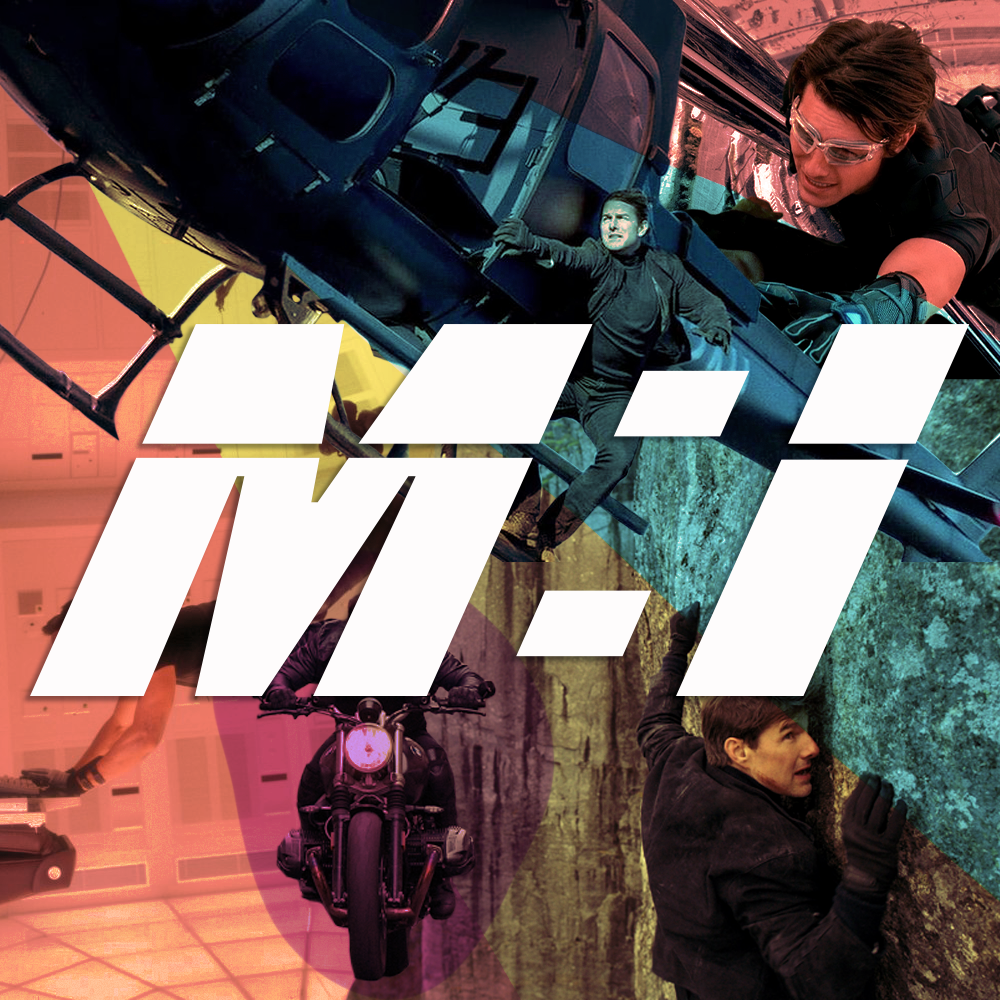Please visit response.fsu.edu for official FSU updates and resources.
What Keeps Mission: Impossible Fresh, Six Movies In?
 Mission: Impossible - Fallout, the sixth film in the blockbuster franchise starring Tom Cruise, arrived in theaters in the summer of 2018 to widespread acclaim. Not only did it enjoy the best box office opening for any M:I film to date, but many critics heralded it as the highlight of the series. To keep a franchise alive for more than a trilogy of films is impressive in and of itself; to continuously improve upon the series more than twenty years since its inception is nothing short of an incredible feat of production. Clearly Mission: Impossible is a property with staying power. But where does this power come from?
Mission: Impossible - Fallout, the sixth film in the blockbuster franchise starring Tom Cruise, arrived in theaters in the summer of 2018 to widespread acclaim. Not only did it enjoy the best box office opening for any M:I film to date, but many critics heralded it as the highlight of the series. To keep a franchise alive for more than a trilogy of films is impressive in and of itself; to continuously improve upon the series more than twenty years since its inception is nothing short of an incredible feat of production. Clearly Mission: Impossible is a property with staying power. But where does this power come from?
It is easy to assume that the source of Mission: Impossible’s lasting appeal is its iconic stunt work, specifically when performed by Cruise himself during the films’ most intense set pieces. Each new entry’s release comes with a wave of anticipation from audiences, eager to see what new, death-defying feat Cruise will pull off. Each film attempts to outdo the one before it by upping the stakes and complexity of stunts, exemplified by the most recent sequels in which Cruise has gone from climbing the side of a building to hanging from the door of a plane during liftoff to performing a high-altitude low-opening jump from 25,000 feet in the air. Sequences like these provide a spectacle like nothing else in Hollywood can.
However, the stunts in Mission: Impossible provide more than just visual spectacle. If the films were only concerned with increasing the scale of their action, they would do little to differentiate themselves from blockbusters like the recent Fast and Furious movies, which progressively become more ridiculous in their explosive vehicular action scenes. The action in M:I isn’t memorable because it conveys the insanity of, say, jumping a sportscar through three skyscrapers (not to imply that such a scene isn’t majestic in its own way). Rather, it adds tension and excitement to situations that are still believable, while relying on the stunt work to make the action more engaging through realism. M:I doesn’t just set out to wow audiences, but to make them realize the precariousness of espionage and put them on the edges of their seats when characters are brought close to death. Making these sequences work effectively is therefore not the sole responsibility of Cruise and the stunt crew. It is also the responsibility of the directors, cameramen, and editors to capture the action in a way that conveys the danger of the act without losing focus on the star. Additionally, it falls upon the writers to ensure that the viewers are invested enough to care about the events unfolding onscreen.
Indeed, it is the strength of these creatives that has allowed the Mission: Impossible series to flourish throughout its twenty-plus years-long run. Until recently, a signature attribute of the series has been that every film was helmed by a different, prolific director, who each provided their own take on a story following agent Ethan Hunt and the crew of the Impossible Missions Force. These directors’ voices can be heard in the stylistic differences between each entry in the series. Brian De Palma directed the first film as a tense thriller, centered around unraveling an intricate plot filled with secretive characters, mystery, and betrayal. John Woo steered the second film with a more bombastic approach, featuring stylish choreography, slow motion, and doves, among other trademarks of his chaotic action films. J. J. Abrams brought energetic, gritty action and a dramatic, character-focused story for Ethan Hunt in Mission: Impossible 3. In Ghost Protocol, Brad Bird injected a more lighthearted, humorous tone while centering the story around creative action set pieces. Christopher McQuarrie’s Rogue Nation wrapped personal stakes and character motivations into a large-scale chase story. Each film stands as its own unique project.
Although the films present various interpretations of the premise by different directors, certain aspects have become more well-realized as the series progresses and finds its overall identity. While Tom Cruise has remained the focal point of the cast, recurring characters like Ving Rhames’s Luther and Simon Pegg’s Benji have revived the tradition of ensemble-based operations akin to the original Mission: Impossible television series. Brad Bird’s sense of humor carried forward into later movies. The stressful nature of the action directed by Abrams in M:I 3 informed the tense fight scenes of 4, 5, and 6. In many ways, Fallout, the second M:I film in a row to be directed by Christopher McQuarrie, feels like the culmination of the strengths of every entry in the series before it, with a healthy mix of humor, drama, and gritty action scenes both small and large in scale. It tells a story that stands on its own while never betraying what defines Mission: Impossible as a franchise.
The experimental nature of Mission: Impossible as a film franchise and its creatives’ dedication to providing thrilling-yet-grounded action spectacles has kept the series going strong since 1996. Interestingly, Christopher McQuarrie is set to direct the two upcoming M:I films. While the format of each entry being a different director’s vision will be missed by many, the excellent work done on Rogue Nation and Fallout bodes incredibly well for the future of the franchise. Mission: Impossible now feels more confident in its identity than ever before, and fans cannot wait to see what Ethan Hunt’s next assignment will bring.
Mission: Impossible Fallout will be playing at the ASLC on 10/7 at 7:00 PM, and 10/8 at 10:00 PM.
Written by: Yanni Spanolios | Instagram
Art by: Cassidy Elibol



